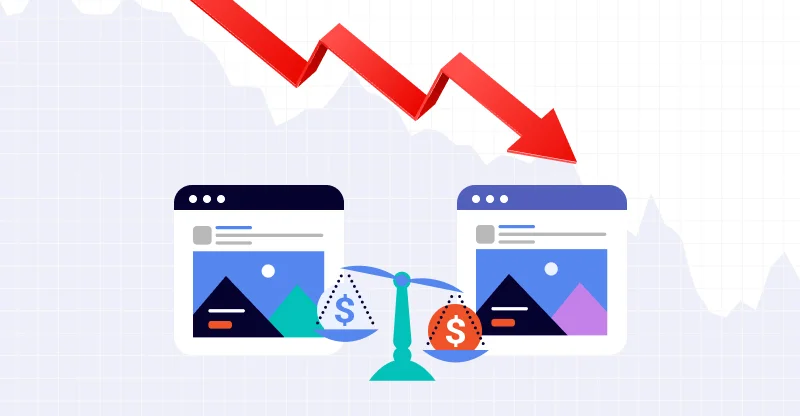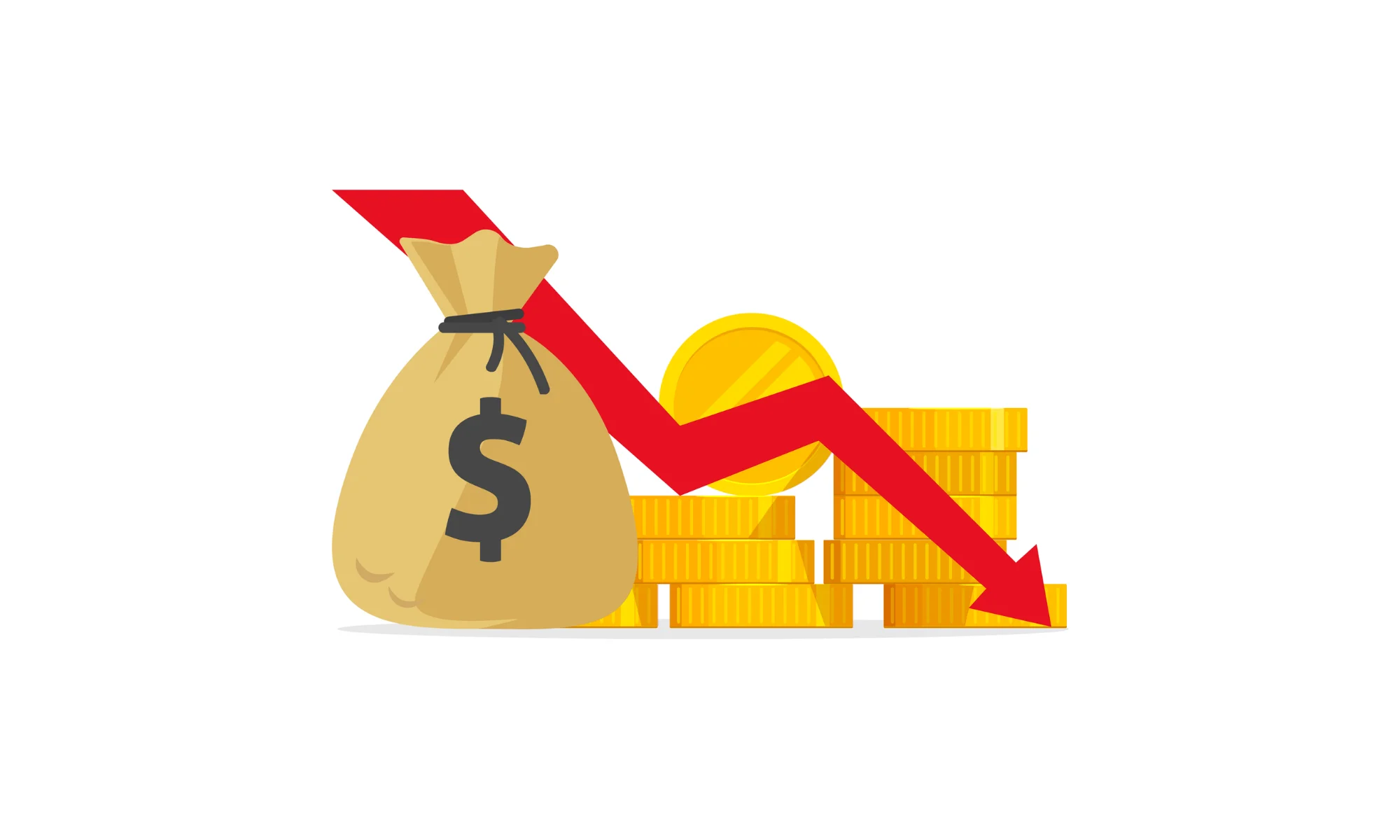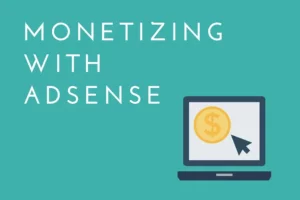CPM stands for cost per mille, or the cost per thousand impressions. It is a common metric used in advertising to measure the cost of displaying an advertisement to a thousand people. A decrease in CPM can be concerning for advertisers, as it can indicate a decrease in the value of their advertising investment. Here are some factors that could be contributing to a drop in CPM:
Seasonal fluctuations:
Depending on the industry, certain times of the year may be busier than others. For example, the holiday season tends to be a busy time for retailers, while summer may be a slower period. This can affect the demand for advertising, and as a result, impact CPM.
As mentioned earlier, seasonal fluctuations can impact the demand for advertising and, in turn, affect CPM. For example, during the holiday season, many businesses ramp up their advertising spend to take advantage of the increased consumer demand. This increased demand can drive up CPM during this period. Conversely, during slower periods of the year, some advertisers may reduce their ad spend, leading to a decrease in CPM.
To navigate these seasonal fluctuations, it’s important to keep a close eye on your CPM and adjust your advertising strategy accordingly. For example, you may want to shift your ad spend to different channels or target different audience segments during slower periods of the year to maximize your ROI.
Ad saturation:
This can happen if advertisers are not properly targeting their ads or if they are not rotating their creative frequently enough.
This can cause audiences to ignore or actively avoid ads, which can lower CPM. Ad saturation can occur for a number of reasons, including poor ad targeting, insufficient creative rotation, and overly aggressive ad placements.
To combat ad saturation, it’s important to take a strategic approach to your advertising. This may involve refining your ad targeting to ensure that you’re reaching the right audience, rotating your ad creative frequently to keep things fresh, and limiting the number of times an individual sees your ad to prevent them from becoming fatigued.
Ad-blocking:
The use of ad-blockers has become increasingly popular, which can impact CPM as fewer people are seeing ads. This is particularly true for younger audiences, who are more likely to use ad-blockers.
Ad-blocking is the practice of using software to block ads from being displayed on a user’s device. This can have a significant impact on CPM, as fewer people are seeing ads. Ad-blocking has become increasingly popular in recent years, particularly among younger audiences who are more likely to be tech-savvy and privacy-conscious.
Additionally, you may want to consider offering value-added content or services to users in exchange for viewing ads, which can help to increase engagement and build loyalty.
Quality of ad inventory:
If the content is low quality or irrelevant to the audience, it may not perform as well, and advertisers may be less willing to pay a premium for those impressions.
To ensure that your ads are being displayed on high-quality sites, it’s important to work with reputable ad networks or use programmatic advertising tools that offer robust targeting and filtering options. You may also want to consider using brand safety tools that can help to ensure that your ads are not displayed alongside objectionable or offensive content.
Competition:
Finally, competition in the advertising marketplace can impact CPM. If there are more advertisers vying for the same audience, it can drive up the cost of advertising. On the other hand, if there is less competition, it can drive down CPM.
Competition in the advertising marketplace can impact CPM, with more advertisers vying for the same audience leading to higher prices. Conversely, if there is less competition, CPM may decrease. To stay competitive in the advertising marketplace, it’s important to keep a close eye on industry trends and adjust your advertising strategy as needed.
This may involve experimenting with new channels or ad formats, refining your ad targeting to better reach your audience, or partnering with influencers or other brands to create engaging, cross-promotional campaigns. By staying agile and adaptable, you can help to ensure that your advertising efforts continue to drive results, even in a highly competitive marketplace.
monitoring your CPM and understanding these factors, you can make adjustments to your advertising strategy to maximize your return on investment.








